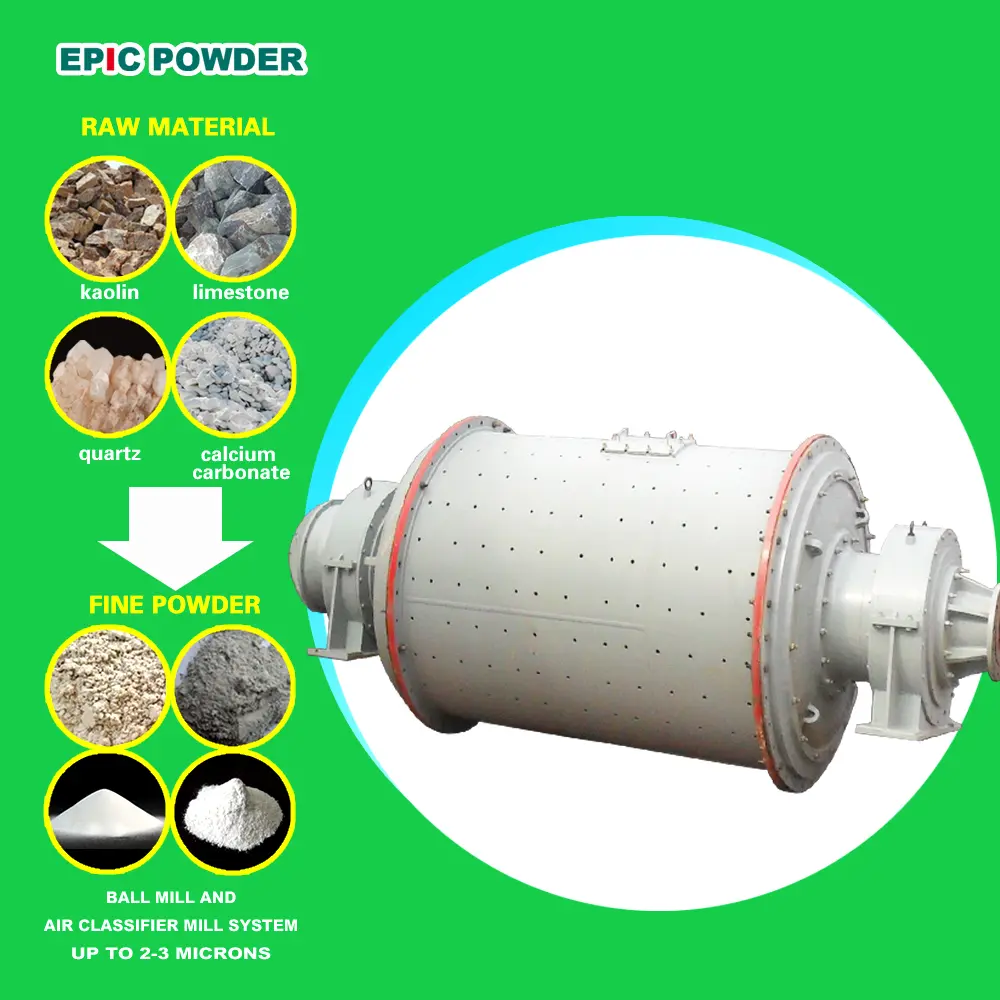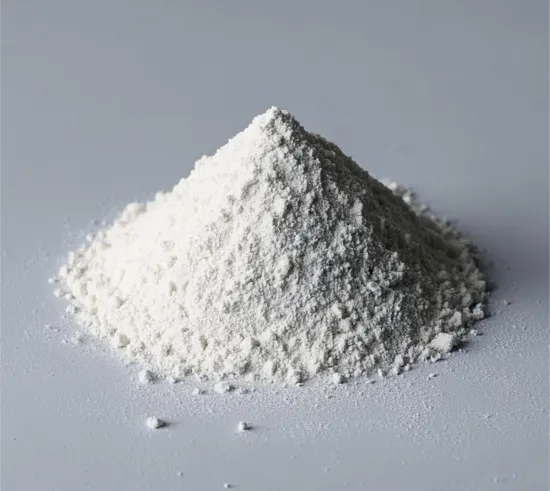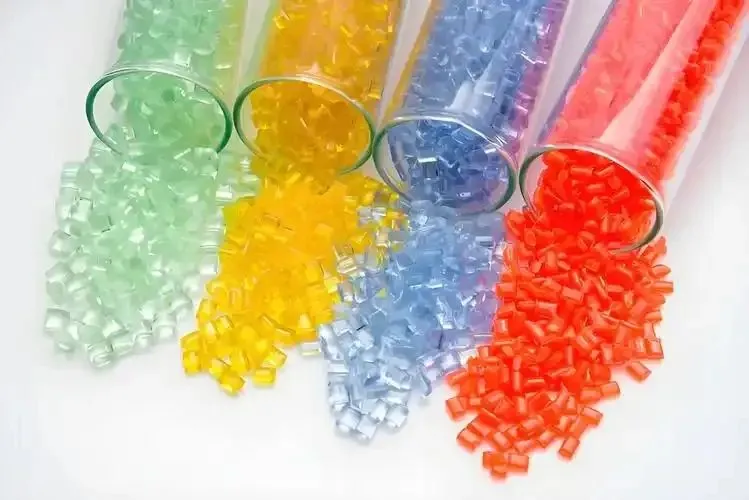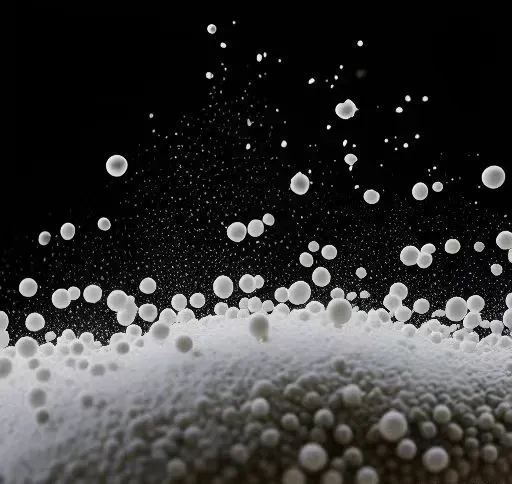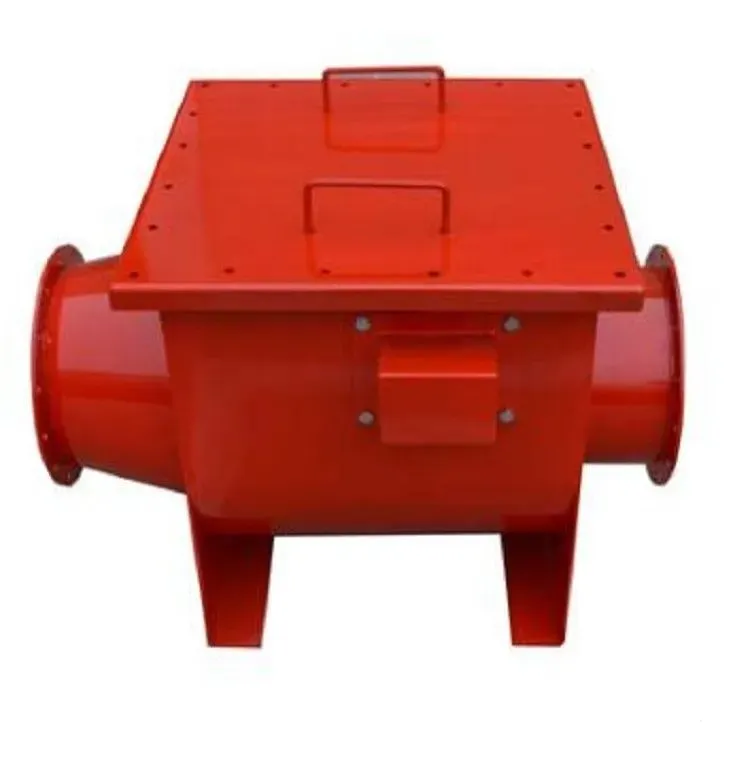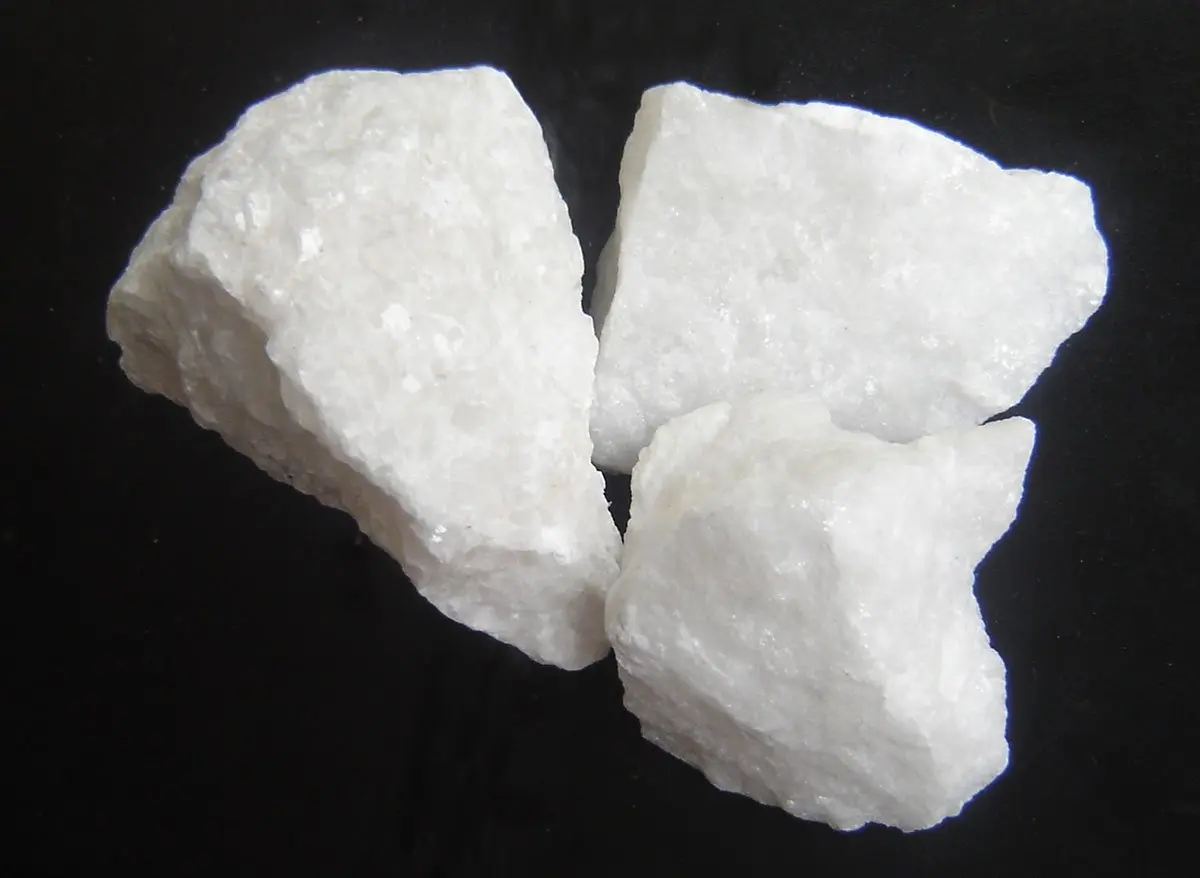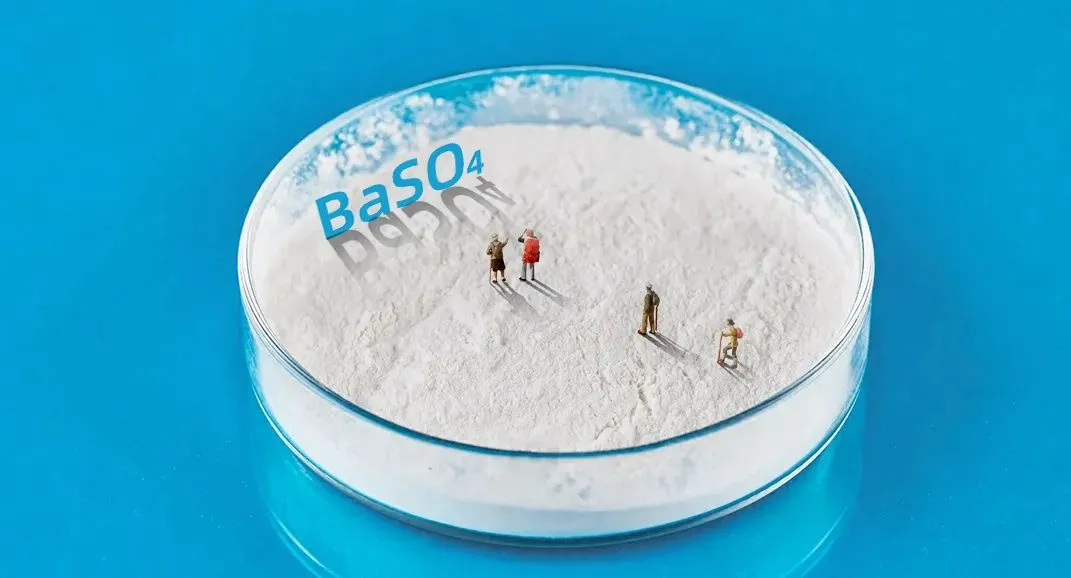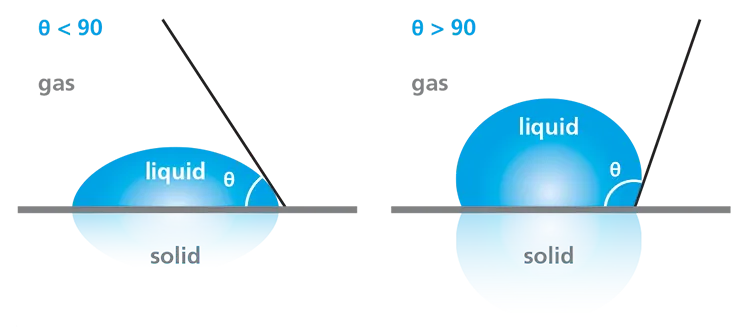The Cost-Effective Calcium Carbonate in Body Pigments
In recent years, advancements in mineral processing have led to a greater focus on the functionality of mineral fillers. People are now interested in properties like increasing hardness, improving hiding power, and enhancing resistance to corrosion and heat.
Consequently, the use of non-metallic mineral fillers in coatings has gained more attention, highlighting their functional benefits. Among these fillers, calcium carbonate powder is especially important in coatings.
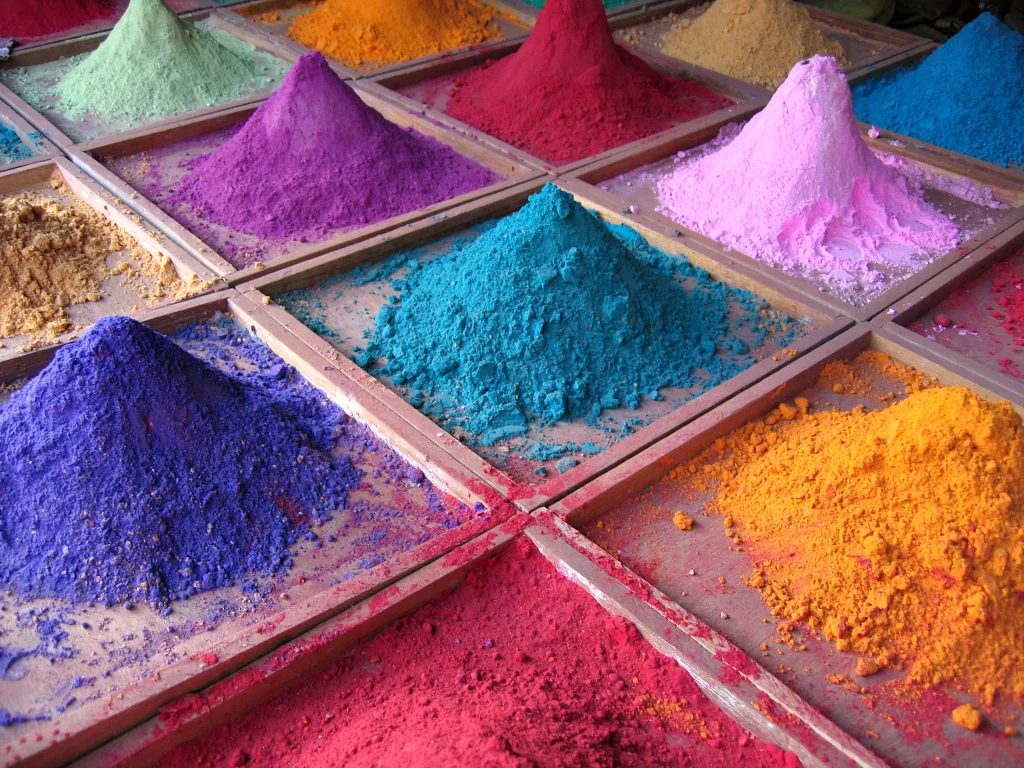
Coatings typically consist of four basic components: film-forming substances (like resins and emulsions), pigments (including body pigments), solvents, and additives. Pigments mainly provide color and hiding power.
They can be divided into:
Coloring pigments, which affect colors.
Body pigments, also known as fillers, which enhance the coating’s thickness and functionality.
Calcium carbonate powder is the most widely used non-metallic mineral filler due to its high cost-effectiveness. It offers benefits like fine particle size, uniformity, high whiteness, and good optical properties. Adding calcium carbonate to water-based paint significantly improves the paint’s reinforcement, transparency, thixotropy, leveling, stain resistance, scrub resistance, adhesion, and anti-settling properties.
Based on production processes and performance, calcium carbonate can be classified into heavy calcium carbonate, light calcium carbonate, and nano calcium carbonate.
Heavy Calcium Carbonate
Heavy calcium carbonate is popular in the coating industry because it is low-cost, readily available, has good whiteness, low oil absorption, moderate specific gravity, and good dispersibility. It helps reduce costs and is widely used in latex paint, waterproof paint, light anti-corrosion industrial paint, floor paint, wood paint, and powder coatings.
However, the quality of heavy calcium carbonate can vary based on the raw ores used, affecting its purity, particle density, bulk density, hiding power, washability, glossiness, processing fluidity, and stability in coatings.
Some researchers compared different heavy calcium carbonates in latex paints, inorganic coatings, and polyester powder coatings. They found that heavy calcium carbonate made from large calcite worked better in interior wall latex paint, offering better contrast ratio and wash resistance compared to that made from small calcite or dolomite.
In inorganic interior wall coatings, heavy calcium carbonate made from dolomite showed poor stability and was unsuitable, while calcium carbonate from calcite provided better stability. For polyester powder coatings, heavy calcium carbonate from dolomite outperformed products made from small or large calcite in terms of processability, paint film gloss, whiteness, and contrast ratio.
Light Calcium Carbonate
Light calcium carbonate is known for its low density and fine particle size, but it has poor stability. In the past, it was widely used in latex paints due to its excellent suspension and dry film hiding power. It effectively improves paint suspension and hiding power. However, if the production process is not well controlled, it can lead to excessive free calcium ions, causing emulsion breakdown and instability in the paint.
As a result, light calcium carbonate’s use in architectural coatings has decreased with the introduction of calcined kaolin. Additionally, due to its high oil absorption and poor fluidity, light calcium carbonate is now mainly used in sand-textured powder coatings.
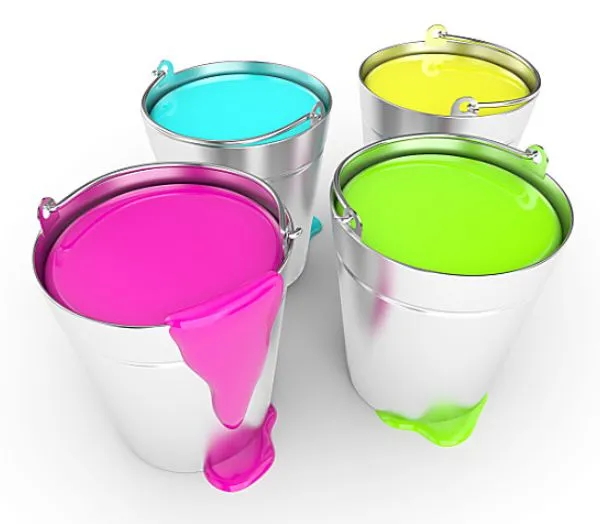
Nano Calcium Carbonate
Nano calcium carbonate offers significant advantages over heavy or ordinary light calcium carbonate in coatings. It improves gloss, transparency, quick drying, and stability, and helps keep denser lead powders from settling in the formula.
Due to its high filling performance, excellent whitening effect, and enhanced coating durability, nano calcium carbonate is widely used in both indoor and outdoor wall coatings, wood coatings, and other applications. It boosts pollution resistance and crack resistance of coatings.
Nano calcium carbonate also enhances washability and stability of coatings through its steric hindrance effect. In high-end car chassis PVC paint, it improves the paint’s thixotropy, impact strength, and spray curing speed.
A major benefit of nano calcium carbonate is its ability to replace expensive titanium dioxide and colloidal calcium. This can reduce the need for other additives like base material adhesives and significantly lowering coating production costs.
Additionally, nano calcium carbonate shows promise in specialized fields such as anti-corrosion coatings, protective coatings, and special industrial coatings.
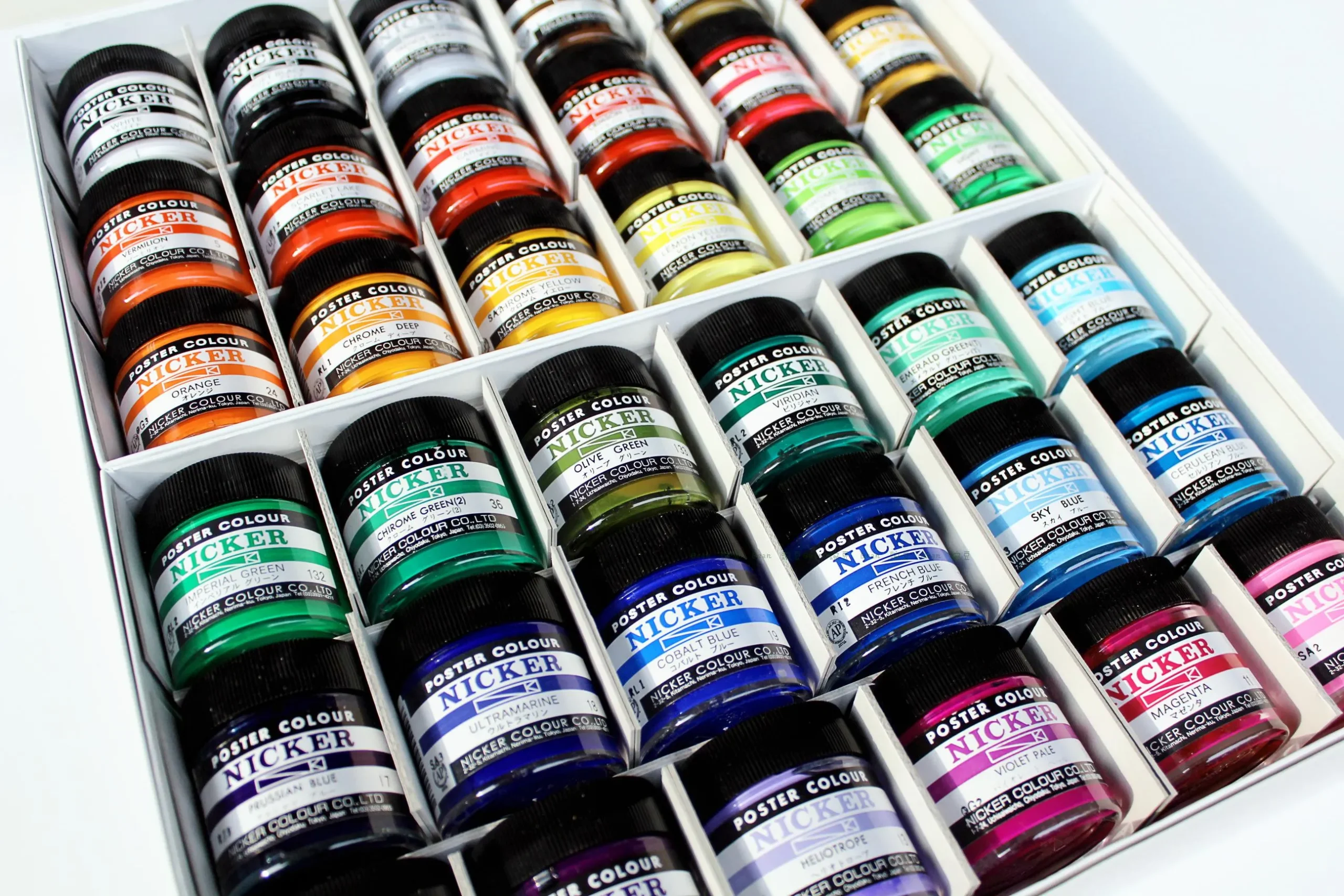
However, nano calcium carbonate can face challenges such as easy clumping and difficulty controlling crystal shape. It affects the product stability. These issues need to be addressed through powder modification and other techniques.

